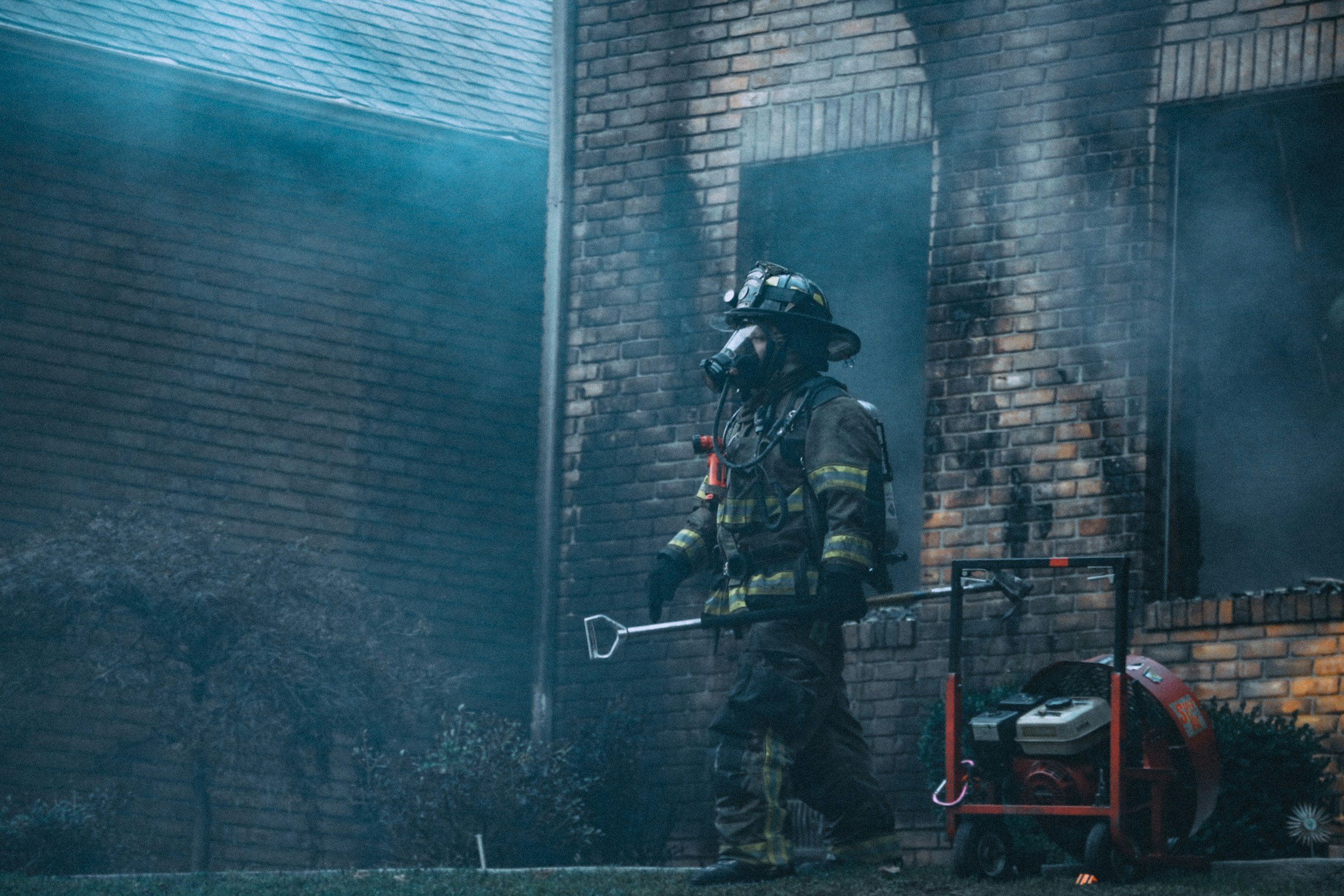
Navigation
Located in the “About” section will be my current professional path and documents that pertain to that, as well as who I am and my goals
You can find many assignments that represent my interests and strengths during my university career in the “educational portfolio” section
To contact me, go to the “contact” section
Kael Stueckle´s Portfolio
Goals and Aspirations for a successful career
Obtain Necessary Certifications
Complete Emergency Medical Technician (EMT) certification.
Pass the Candidate Physical Ability Test (CPAT).
Earn additional relevant certifications, such as Hazmat Awareness or Firefighter I & II, if required by local jurisdictions.
Build Physical Fitness and Stamina
Maintain a consistent fitness regimen to meet and exceed the physical demands of the profession.
Develop strength, endurance, and flexibility to enhance on-the-job performance.
Gain Relevant Experience
Volunteer or work part-time with local fire departments or emergency response teams to gain hands-on experience.
Participate in community service projects to demonstrate commitment to public service.
Secure Fire Academy Training
Enroll in and successfully complete training at a recognized fire academy.
Develop technical and tactical firefighting skills, including fire suppression, rescue operations, and equipment handling.
Develop Professional Skills
Enhance teamwork and communication abilities essential for working in high-pressure, collaborative environments.
Practice leadership skills to prepare for future opportunities within the fire service.
Prepare for the Hiring Process
Study and pass the firefighter written exam.
Develop a strong firefighter application, resume, and interview skills.
Research and target specific fire departments that align with career goals.
Expand Knowledge Base
Take courses or workshops on fire science, fire prevention, or emergency management.
Stay informed about advancements in firefighting techniques and technology.
Establish a Professional Network
Connect with current firefighters, mentors, and professionals in the field for guidance and career advice.
Join organizations such as the National Fire Protection Association (NFPA) or local firefighter associations.
Plan for Long-Term Development
Set a goal to advance within the fire department by pursuing promotions (e.g., Engineer, Lieutenant, Captain).
Consider specializing in areas like fire investigation, hazardous materials response, or paramedicine.
Maintain a Commitment to Lifelong Learning
Regularly participate in continuing education to stay updated on firefighting standards and best practices.
Pursue leadership training or advanced degrees in fire administration for future career advancement.
Uphold Core Values
Dedicate myself to the principles of courage, integrity, and public service that define the firefighting profession.
Develop a personal and professional reputation that reflects dedication to protecting lives and property.